Viet Nam recognises four new intangible heritage traditions
Minister of Culture, Sports and Tourism Nguyen Van Hung has recently signed decisions announcing additions to the list of National Intangible Cultural Heritage. Among the newly recognised elements are the art of Chhay-dam drum performance, the Cheo tau festival of Tong Goi, the forest worship ritual of the Pa Di people, and the bamboo weaving craft of the Tay ethnic group.
The Chhay-dam drum of the Khmer people is a single-headed drum, with its shell made from the hollowed trunk of an old areca tree. The drumhead is fashioned from dried buffalo or python skin, and the drum's tail end, which is narrower, is connected to a metal drum stand.
 |
|
The Cheo tau festival of Tong Goi. |
Larger or smaller drums are used depending on whether the performers are adults or children. Each Chhay-dam dance performance typically features 4 to 6 Chhay-dam drums, accompanied by two Cuol (gongs) as well as Chul (cymbals) and Krap (wooden clappers).
“The art of Chhay-dam drum performance by the Khmer people of Tri Ton District and Tinh Bien Town, An Giang Province” is traditionally performed during the Chol Chnam Thmay New Year, Dolta, and Ook Om Bok festivals, or in celebration of bountiful harvests.
“The Cheo Tau – Folk singing while rowing festival of Tong Goi in Tan Hoi Commune, Dan Phuong District, Ha Noi” is a unique form of folk performance in Viet Nam.
The festival was first held in 1683 and, according to custom, was organised every 25 to 30 years when favourable weather and good harvests. Old documents record that the last festival was held in 1922 and was interrupted by war. It was restored in 1998.
Today, the festival is held every five years from the 13th to the 15th day of the first lunar month, attracting large crowds from the local community.
“The forest worship ritual of the Pa Di people in Muong Khuong District, Lao Cai Province” is a distinctive ceremony reflecting the strong spiritual bond between the people and the natural forest environment.
Like many other highland ethnic groups, the Pa Di (a sub-group of the Tay ethnic group) in Muong Khuong maintain a sacred forest, which they strictly protect and revere.
The forest worship ritual is held annually in the village’s sacred forest in the last days of the first lunar month, with offerings made from locally sourced products.
In addition to praying for good harvests and community well-being, the ritual serves as a moral reminder against deforestation, encouraging environmental and water source protection.
“The bamboo weaving craft of the Tay ethnic people in Nghia Do Commune, Bao Yen District, Lao Cai Province” is a traditional handicraft passed down through generations.
With skilful hands, Tay women transform forest-sourced bamboo and rattan into refined, distinctive products. These range from household items to souvenirs cherished by visitors.
The Ministry of Culture, Sports and Tourism has also instructed the chairpersons of the people’s committees at all administrative levels where these newly recognised intangible cultural heritage elements are located to fulfil their responsibilities in managing and safeguarding the heritage in accordance with the provisions of the Law on Cultural Heritage.
 Bắc Ninh
Bắc Ninh
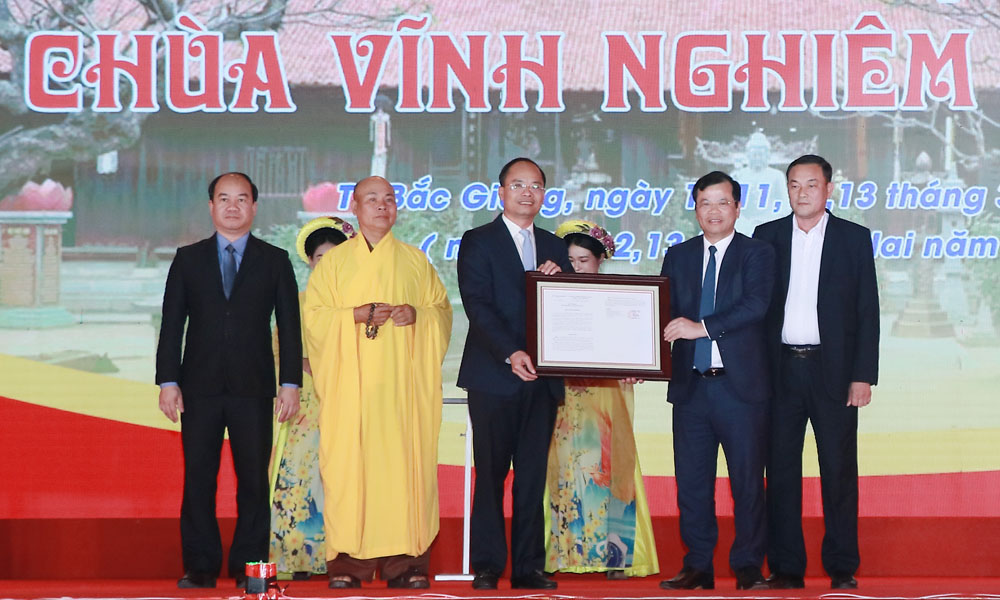
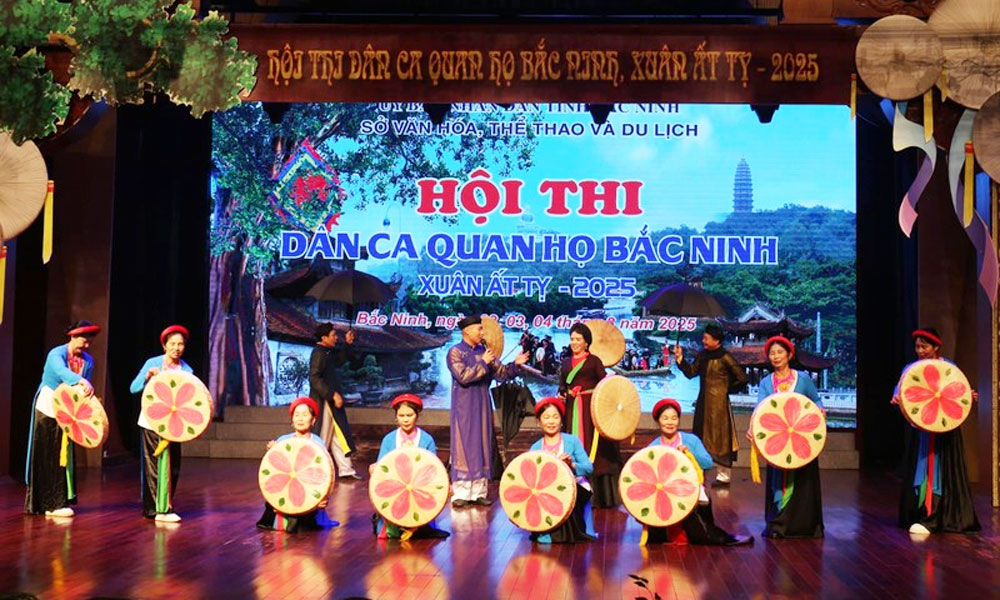




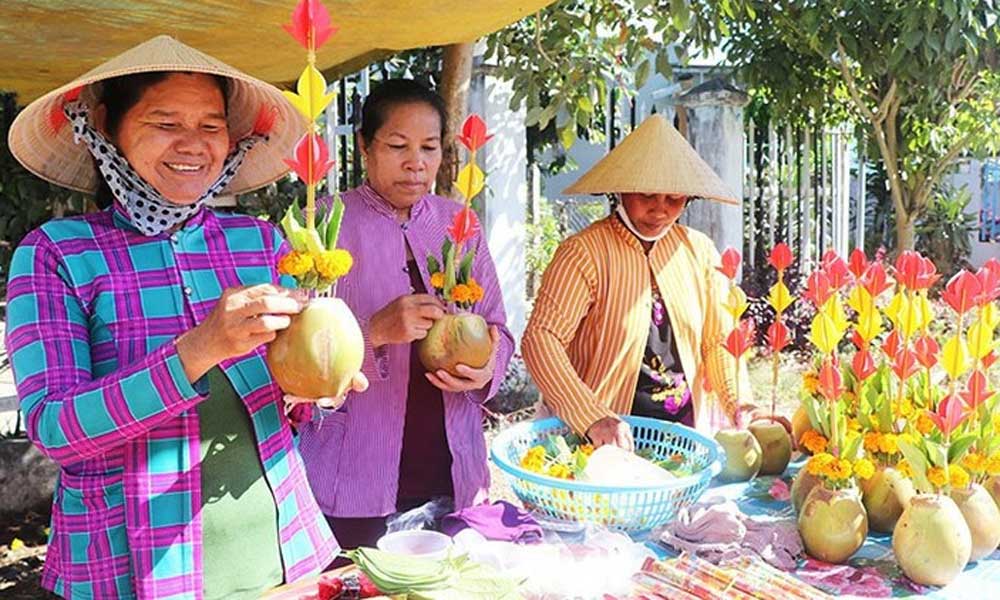
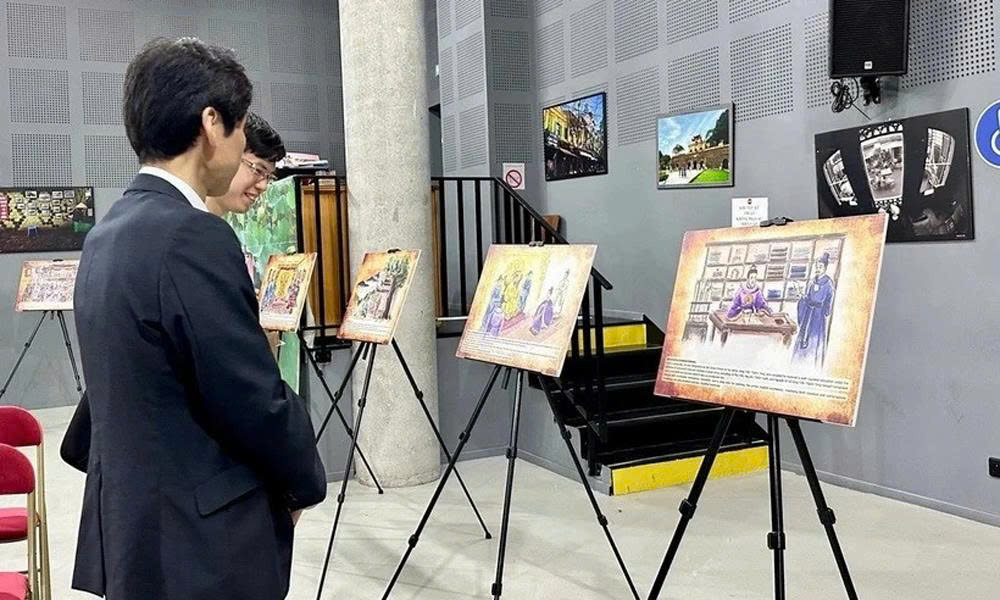
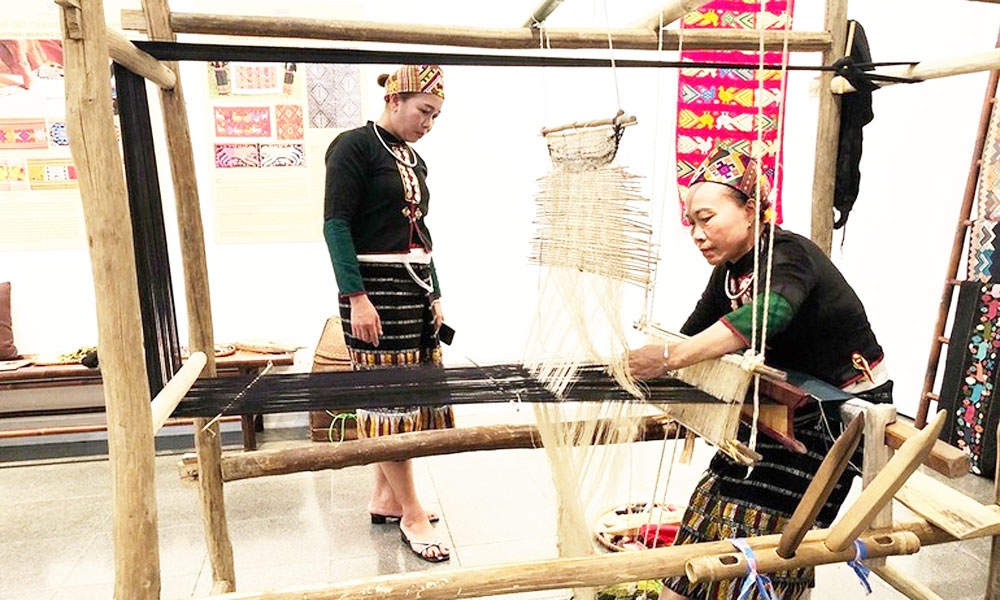

.jpg)




Reader's comments (0)